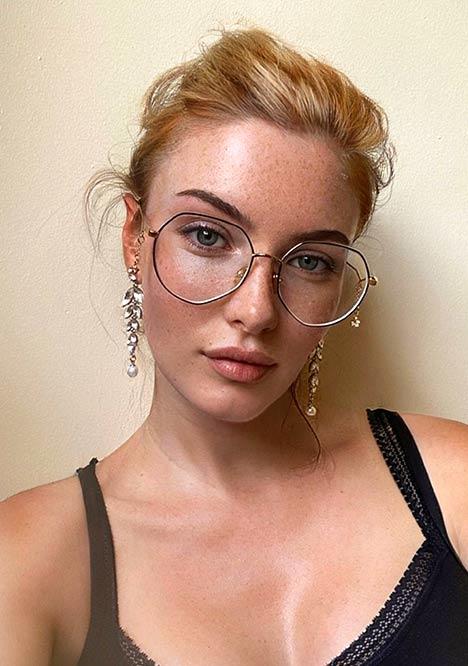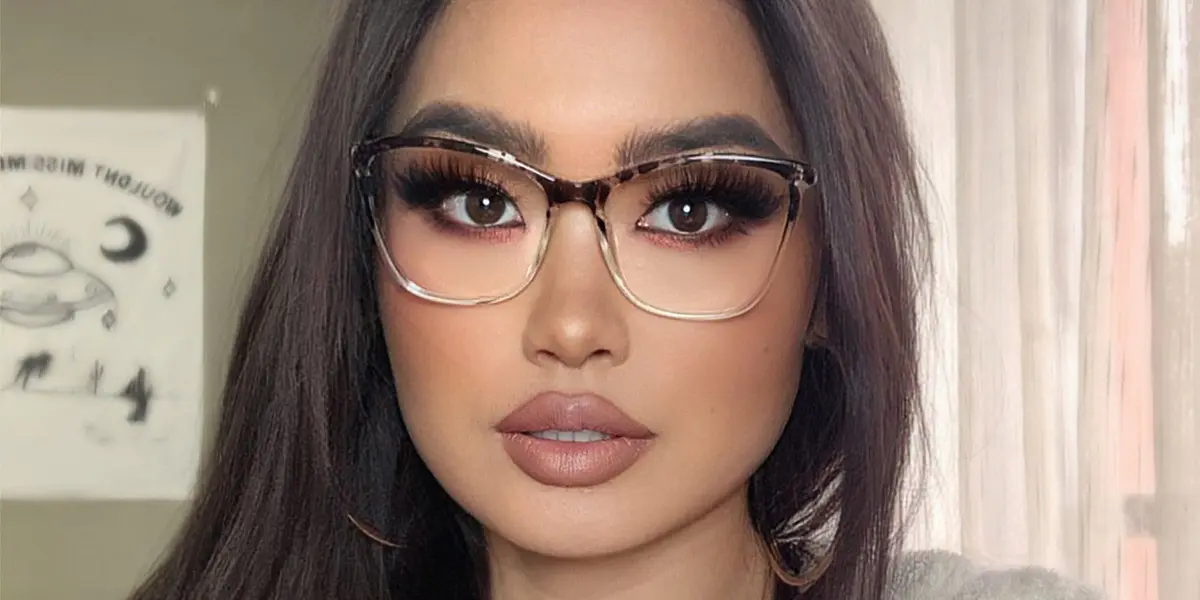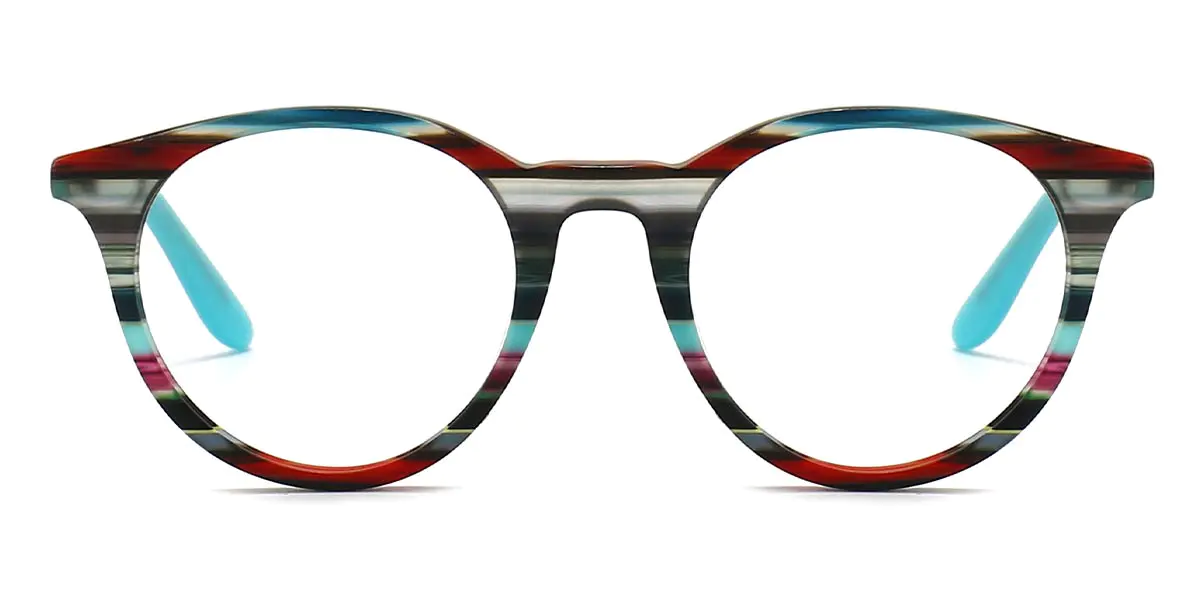Bifocal vs. progressive lenses: which are better for you?
When a person hits their mid-40s, it is quite common to experience difficulty seeing things clearly up close. This condition is officially called presbyopia. Specifically, it gets harder to read small text, hence the need for reading glasses. But for those who are already wearing prescription lenses for another vision issue, like near-sightedness or far-sightedness, this means they will need a second pair of glasses.
As you can imagine, this can be a huge inconvenience, having to switch between two different pairs repeatedly throughout the day. Fortunately, there are a few excellent alternatives, like the use of bifocal or progressive lenses. These special glasses correct vision at various distances, all with just one pair of glasses. But which type is better for you? Read on to learn how to choose between bifocal vs progressive lenses.
What Are Bifocal Lenses?
Bifocal lenses contain two lens powers. The upper portion of the lens is for distance correction, while the lower and usually smaller portion is for reading. In many bifocal glasses, the division between the two lens powers is a straight horizontal line that goes across the entire lens. In other types, the lower portion appears as a round or D-shaped section towards the bottom of the lens closer to the nose than the outer side.
Regardless of the shape of the two sections, a distinguishing feature of all bifocal lenses is that the division between these portions is visible, not only to the wearer but to other people as well.
What Are Progressive Lenses?
Just like bifocals, progressive lenses contain multiple lens powers. The key difference between bifocal and progressive lenses is that the latter do not have any distinct line that indicates the change in lens power. Using more advanced eyewear technology, lens manufacturers are able to gradually transition between different lens powers, eliminating the unsightly line that one can easily see on bifocal glasses. Because of this, progressive glasses are also often called no-line bifocals.
Difference between Bifocal and Progressive Lenses
As mentioned, the main difference of bifocal vs progressive lenses is the demarcating line between the two lens powers. For most people, the presence of light diminishes the aesthetics of the glasses, and causes some vision discomfort as well. However, there are a few other differences between these two types of eyeglasses.
First, bifocals can only correct vision at two distances, whereas progressive glasses allow the wearer to see clearly at every distance. This is a significant difference for people who require intermediate vision correction, such as for computer work.
The second difference is in the adjustment. Some people find the absence of a dividing line in progressive lenses to be easier during the adjustment period since the shift in lens power is gradual. However, it is this same feature that makes other people lean more towards bifocals, as they find that the lack of a dividing line makes them dizzy.
Finally, there is also a notable difference in price, as progressive lenses tend to be costlier. The good news for progressive fanatics, though, is that there are now a lot of affordable options. Getting these innovative glasses is no longer as far-fetched as it used to be.
Best Frames for Bifocal Lenses
Since bifocal lenses need to correct at two distances, the frames you pick must be large enough to comfortably accommodate the two lens powers. According to eyeglasses specialists, a height measurement of 32mm would be ideal.
1.Eilid Rectangle Glasses

The rectangular frame of the unisex Eilid glasses looks narrow but it actually just touches the minimum recommended height for bifocals. With the chic silver border around the lenses, and the thick, clear temples, these glasses ooze contemporary fashion. You might not have perfect vision but with these glasses, everyone will know that you have perfect style.
2.Jason Aviator Glasses

Aviator glasses have always been synonymous with coolness ever since Top Gun, and this one certainly does not disappoint. Quite different from the classic aviator, though, the Jason features a frame made of wood and metal, the top part of which is a rich ebony shade and the bottom a unique zebrano pattern. This distinct variation in the frame makes it a perfect choice for bifocals.
3.Behati Cat Eye Glasses

The Behati is not just a piece of eyewear, but an entire fashion statement on its own. It features a half-rim design and is studded with rhinestones all along the front, while the clear thermoplastic frame exudes an elegance like no other. These are the perfect bifocal glasses for the fashion-forward woman who will not sacrifice style for any vision needs.
Best Frames for Progressive Lenses
Frame height is also one of the deciding factors when picking out frames for progressive lenses but of course, you need to factor in your own personal style as well. Here are some of our top picks from the Lensmart collection.
1.Ligeia Rectangle Glasses

Progressive glasses don’t necessarily have to be expensive, and the Ligeia frame proves this point. At less than $10, this rectangle frame provides the perfect setting for progressive lenses, with a height of 46mm, it can easily provide correction not only for near and far distances, but also for intermediate vision. The black tortoiseshell pattern on this unisex frame exudes low-key sophistication, and easily matches any outfit.
2.Virginia Round Glasses
Get crystal clear vision and sport a fun, playful look at the same time with the Virginia glasses. These large-framed round glasses look great on both men and women, especially those with oval or rectangular faces. Despite its bigger size, it’s quite lightweight and will not cause discomfort even with all-day wear. This red, white, and blue color pattern is our favorite but there are a few other colorful variants you can choose from.
3.Eghver Square Glasses

The need for progressive glasses typically comes with age, but with the Eghver glasses, no one would know because you won’t look a day over 20. The youthful coral-orange coloring of the frame is definitely one of its biggest selling points. In addition, the slightly upturned angle of the square frame instantly makes the wearer look younger.
More articles:
Eyeglasses trends 2024: more popular styles
Helpful tips to adjust to bifocal and progressive glasses
Bifocal reading glasses explained: what is the best pair?
Bifocal lenses explained: advantages & disadvantages
Are progressive glasses a good idea?
Progressive lenses' pros and cons you should know





















